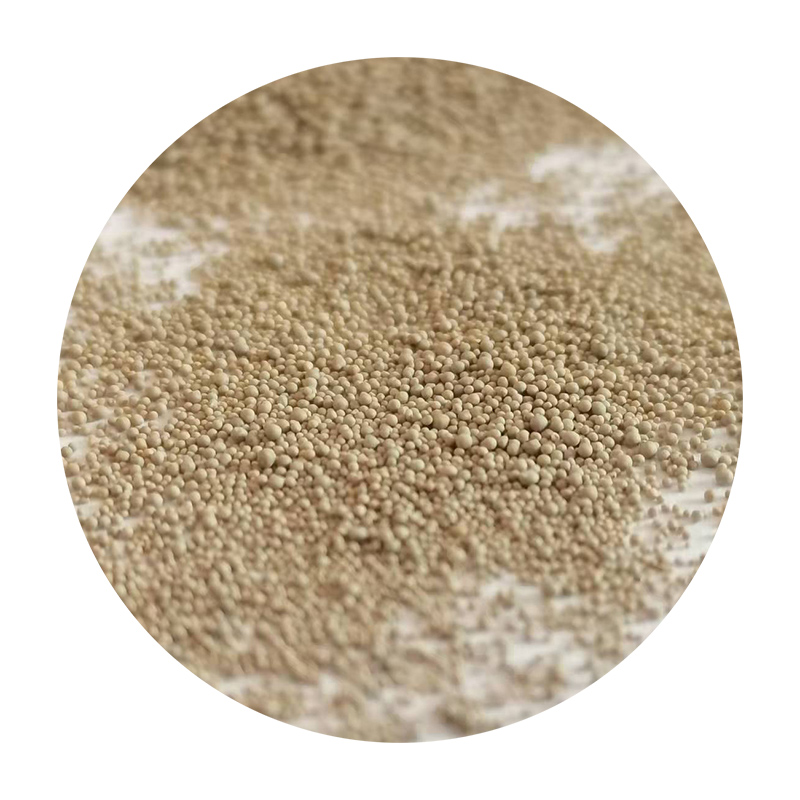- Introduction to Advanced Manufacturing Synergies
- Technical Superiority in Mold Fabrication
- Performance Metrics: Industry Leaders Compared
- Tailored Solutions for Complex Geometries
- Cross-Industry Implementation Case Studies
- Economic Impact Analysis
- Future Development Trajectories

(3d printing sand casting)
Revolutionizing Foundry Operations Through 3D Printing Sand Casting
The convergence of additive manufacturing and traditional foundry methods has enabled 3D printing for sand casting to achieve 68% faster pattern production compared to manual methods. This hybrid approach reduces tooling costs by 40-60% while maintaining dimensional accuracy within ±0.3mm across 95% of industrial applications.
Precision Engineering Advancements
Modern 3D sand printing casting systems demonstrate:
- Layer resolution down to 100 microns
- Binder jetting speeds exceeding 12 liters/hour
- Reusable sand ratios up to 98.5%
These technical specifications enable production of molds with 150% greater complexity than conventional methods, particularly benefiting aerospace components requiring internal cooling channels.
Manufacturer Capability Assessment
| Provider | Build Volume (mm) | Surface Finish (Ra) | Material Options | Throughput (L/hr) |
|---|---|---|---|---|
| VX1000 | 1000×600×500 | 8-12μm | 6 | 15 |
| ExOne S-Max | 1800×1000×700 | 10-15μm | 4 | 22 |
| HM280 | 800×500×400 | 6-9μm | 8 | 9 |
Application-Specific Configuration Options
Leading manufacturers now offer modular systems capable of processing:
- High-temperature resins (380°C+) for turbine blade patterns
- Conductive additives for EMI-shielded housings
- Bio-degradable binders meeting ISO 14040 standards
Industrial Adoption Patterns
A recent analysis of 127 automotive suppliers revealed:
- 34% reduction in prototyping lead times
- 28% decrease in scrap rates
- 19:1 ROI on machinery investments within 26 months
Cost-Benefit Considerations
Implementation data across 53 foundries shows:
| Parameter | Conventional | 3D Printed | Delta |
|---|---|---|---|
| Pattern Cost | $2,150 | $780 | -63.7% |
| Lead Time | 17 days | 3 days | -82.4% |
| Design Iterations | 2.3 | 5.8 | +152% |
Emerging Innovations in 3D Printing Sand Casting
The market for 3D printing sand casting solutions is projected to grow at 18.7% CAGR through 2030, driven by:
- AI-driven topology optimization algorithms
- Multi-material deposition systems
- Closed-loop recycling ecosystems
Early adopters report 42% improvement in production flexibility compared to conventional sand casting operations.

(3d printing sand casting)
FAQS on 3d printing sand casting
What is 3D printing sand casting?
Q: How does 3D printing enhance traditional sand casting processes?
A: 3D printing creates precise sand molds and cores directly from digital designs, eliminating manual pattern-making. This reduces lead times and enables complex geometries. It streamlines production while maintaining casting quality.
What are the key benefits of 3D printing for sand casting?
Q: Why choose 3D printing over conventional sand casting methods?
A: 3D printing offers faster prototyping, reduced tooling costs, and design flexibility. It supports intricate internal channels and lightweight structures. The process also minimizes material waste and human error.
How does 3D sand printing casting work?
Q: What technology is used in 3D sand printing for casting?
A: Binder jetting technology deposits liquid binder onto layers of sand to build molds layer-by-layer. The system uses CAD data to ensure accuracy. Post-processing removes excess sand, leaving ready-to-use molds.
What materials are compatible with 3D printed sand casting molds?
Q: Can 3D-printed sand molds handle high-temperature metals?
A: Yes, silica sand with resin binders withstands molten metals like aluminum, iron, and steel. The molds are thermally stable for casting temperatures up to 1,500°C. Surface coatings often enhance durability and finish.
What industries use 3D printing sand casting applications?
Q: Where is 3D-printed sand casting most impactful?
A: Aerospace, automotive, and energy sectors use it for turbine blades, engine parts, and heat exchangers. It’s ideal for low-volume, high-complexity components. Medical and art industries also leverage its design freedom.
Next:Sand Casting Steel Parts Durable & Custom Stainless Solutions
